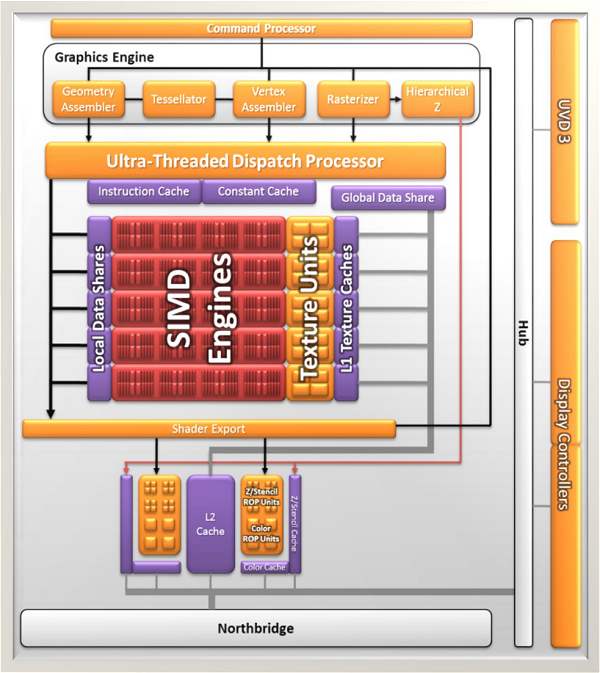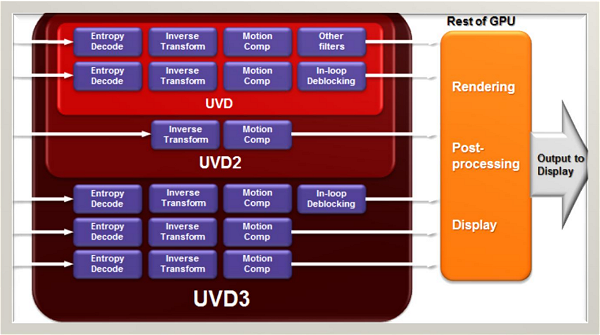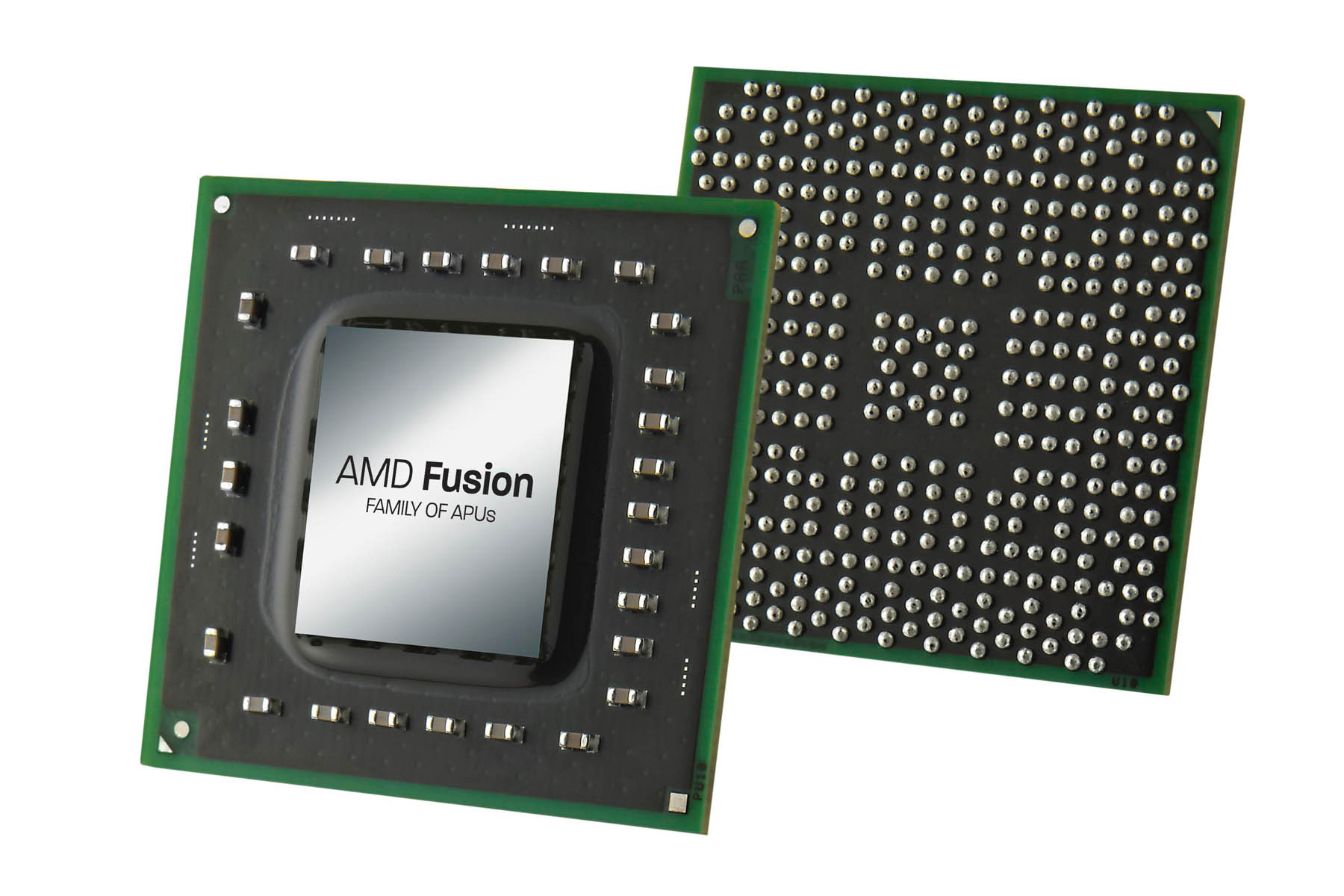Redwoods found in BeaverCreek
The A8-Series chip we'll be testing today features a Radeon HD 6550D while the A6-Series gets a Radeon HD 6530D. Codenamed "BeaverCreek," these GPUs are based on the Redwood architecture used by the last-generation Radeon HD 5670, 5570 and 5550 desktop graphics cards.

The Radeon HD 6550D is similar to the Radeon HD 5670 in the sense that it features five SIMD engines, 400 SPUs (Stream Processing Units), 20 TAUs (Texture Address Units) and 8 ROPs (Raster Operation Units). However while the core configuration is the same, the actual performance of the Radeon HD 6550D will be much lower because of two key changes.
The most obvious difference is the chip's clock frequency, which has been reduced 23% from 775MHz on the HD 5670 to just 600MHz for the HD 6550D. Even more troubling is the memory bandwidth limitation. Whereas the HD 5670 generally has a dedicated 1GB of GDDR5 allowing for a throughput of 64GB/s, the HD 6550D must share system resources.

Because the Radeon HD 6550D uses your machine's dual-channel DDR3 memory, its bandwidth has been considerably reduced. On the bright side, AMD has added UVD3 support which is only officially available on Radeon HD 6000 series GPUs. This adds support for Blu-ray 3D playback, MPEG4 decode acceleration, and full acceleration of MPEG2 video streams to the previous generation's acceleration of the VC-1, H.264, and MPEG2 formats.

The Radeon HD 6530D (again, the part inside the A6-Series) is more like the Radeon HD 5550 as it features the same core configuration of 320 SPUs (Stream Processing Units), 16 TAUs (Texture Address Units) and 8 ROPs (Raster Operation Units). However whereas the discrete solution operates at 550MHz, the 6530D has been clocked down to 443MHz and of course, it too relies on your system's memory, which will undoubtedly affect performance.
